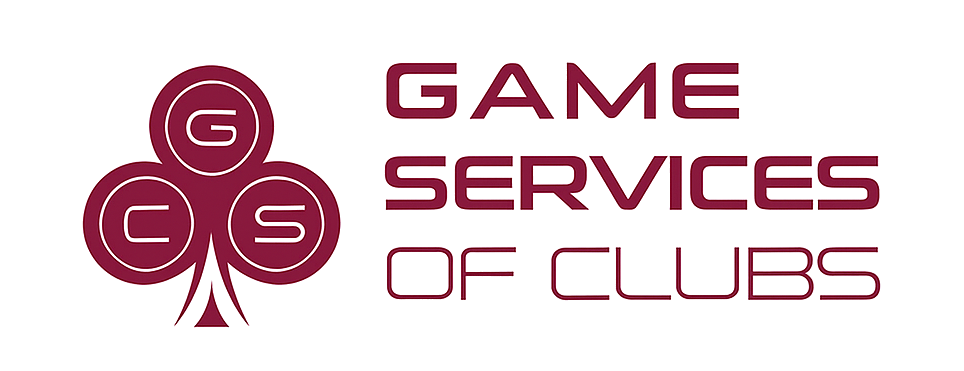Machine uptime is one of the least visible but most vital aspects of delivering a seamless entertainment experience in modern clubs. For guests, a machine that functions flawlessly is simply expected. But behind that reliability lies a well-organized, expertly managed ecosystem of spare parts, rapid response protocols, and predictive maintenance strategies.
Clubs across Australia rely heavily on the continuous operation of their entertainment systems. From gaming terminals to interactive kiosks and payment units, each device plays a role in guest engagement. The moment one of these goes down, it’s not just a technical hiccup — it's a disruption in the guest experience and a potential dip in revenue. Ensuring uptime isn't about luck. It's about having the right parts, tools, and trained staff in place at the right time.
The supply chain of spare parts is at the heart of this strategy. Forward-thinking venues work closely with service providers to maintain a rolling inventory of high-demand components: power supplies, touch panels, card readers, logic boards, sensors, and connectors. These aren't just kept in stock randomly — they're determined by data. Service logs, failure rates, and usage statistics all inform which parts should be prioritized.
At Gaming Services of Clubs, we maintain localized spare part depots to ensure no club waits days for critical components. If a screen begins to flicker or a payment module jams, our technicians have immediate access to a pre-sorted inventory tailored specifically for that venue’s hardware ecosystem. This results in faster repairs and less reliance on long-distance shipping or unpredictable supply timelines.
But it’s not just about availability. Knowing how to replace a component quickly and without disrupting other connected systems is equally essential. Modern club machines are no longer standalone boxes—they are integrated devices with data pipelines, compliance logs, and player interfaces. Swapping a part isn’t just about hardware—it requires understanding software dependencies, security protocols, and calibration settings.
That’s why technician training has expanded far beyond the toolbox. Today’s club technicians undergo continuous education in diagnostics, system mapping, firmware syncing, and secure component integration. A power module replaced without proper firmware verification could disrupt loyalty tracking or even trigger compliance warnings. Precision is essential.
To enhance efficiency further, clubs have adopted preemptive replacement strategies. Rather than waiting for a component to fail, parts are rotated based on lifecycle projections. These projections come from historical performance data gathered across the network, allowing venues to replace aging components during off-peak hours before they ever pose a risk.
One often-overlooked impact of this strategy is its effect on guest perception. When players never encounter broken screens or sluggish responses, it builds confidence in the venue. They feel they’re interacting with a place that’s professional, well-maintained, and committed to high-quality experiences. Spare parts, while never seen by the guest, play a quiet but crucial role in shaping brand perception.
There’s also a financial dimension to managing uptime. Prolonged machine downtime can reduce average time-on-device, lower guest retention, and even skew data reporting used for strategic decisions. On the flip side, rapid repairs keep key revenue drivers online and allow operations to maintain accurate analytics about player preferences and session trends. In short, spare parts are not just maintenance tools—they’re revenue protectors.
While automation and predictive systems continue to advance, the physical component remains irreplaceable. Machines still require tactile inputs, displays wear out, and sensors degrade over time. That’s why smart inventory systems, tied to cloud analytics and field reports, will remain a cornerstone of modern venue strategy for years to come.
Inventory management platforms now use artificial intelligence to predict when and where parts will be needed, minimizing waste while improving readiness. These smart systems analyze trends across locations, adjusting inventory levels dynamically. If a particular venue begins experiencing above-average touch panel failures, the algorithm flags it and auto-reorders spares to avoid a service gap.
This intelligent forecasting reduces human error and ensures that technical teams are never caught off-guard. More importantly, it creates a safety net that supports guest-facing systems. Guests rarely think about what's inside a terminal—but they immediately notice when it doesn't work. That split second of interruption can be enough to sour an impression. Proactive part management prevents such moments before they occur.
Another advancement lies in remote diagnostics tied directly to spare part workflows. When a machine error is detected, the system can now recommend a solution and identify the part needed before a technician arrives. This shortens repair times, allows for preemptive dispatching, and keeps venue operations fluid. Efficiency at this level is only possible with real-time data integration between devices, inventory software, and field teams.
Clubs that excel in very uptime management often treat spare parts as strategic assets rather than operational burdens. This shift in mindset transforms how budgets are allocated. Rather than reactive emergency spending, funds are redirected into building resilient systems—ones that include consistent spare part audits, vendor performance reviews, and lifecycle planning as part of regular operational reporting.
Importantly, modern clubs also understand the environmental implications of part sourcing and disposal. Choosing high-quality components with longer lifespans, and working with partners who offer sustainable disposal practices, contributes to broader corporate responsibility initiatives. It’s not just good optics—it reduces environmental impact and positions the club as a future-ready organization.
All of this translates into a stronger guest experience. When players trust that machines will work consistently, they are more likely to return, stay longer, and engage more deeply. From lighting systems to interactive game surfaces, every functioning part tells the guest: this venue is serious about delivering excellence.
In the background, spare parts make that possible. Not glamorous, not front-and-center—but absolutely foundational. They are the reason clubs can operate smoothly day after day, hour after hour. And as technology becomes more complex, their importance only grows.
For clubs committed to performance and reputation, investing in spare part strategy is not optional—it’s mission-critical. Those who master it gain not only efficiency, but guest trust, brand loyalty, and long-term sustainability in a highly competitive space.
